Beautiful Companion Plants For Pachysandra
Pachysandra is a popular evergreen ground cover that is known for its lush, dark green foliage. It is a low-maintenance plant that can thrive in shady areas, making it a perfect choice for gardens that receive little sunlight. However, pachysandra can be a bit monotonous on its own. By adding some companion plants, you can create a more interesting and colorful landscape.
Here are some beautiful companion plants for pachysandra:
- Hostas are another shade-loving plant that makes a great companion for pachysandra. Hostas come in a wide variety of colors and leaf shapes, so you can choose ones that will complement the foliage of your pachysandra.
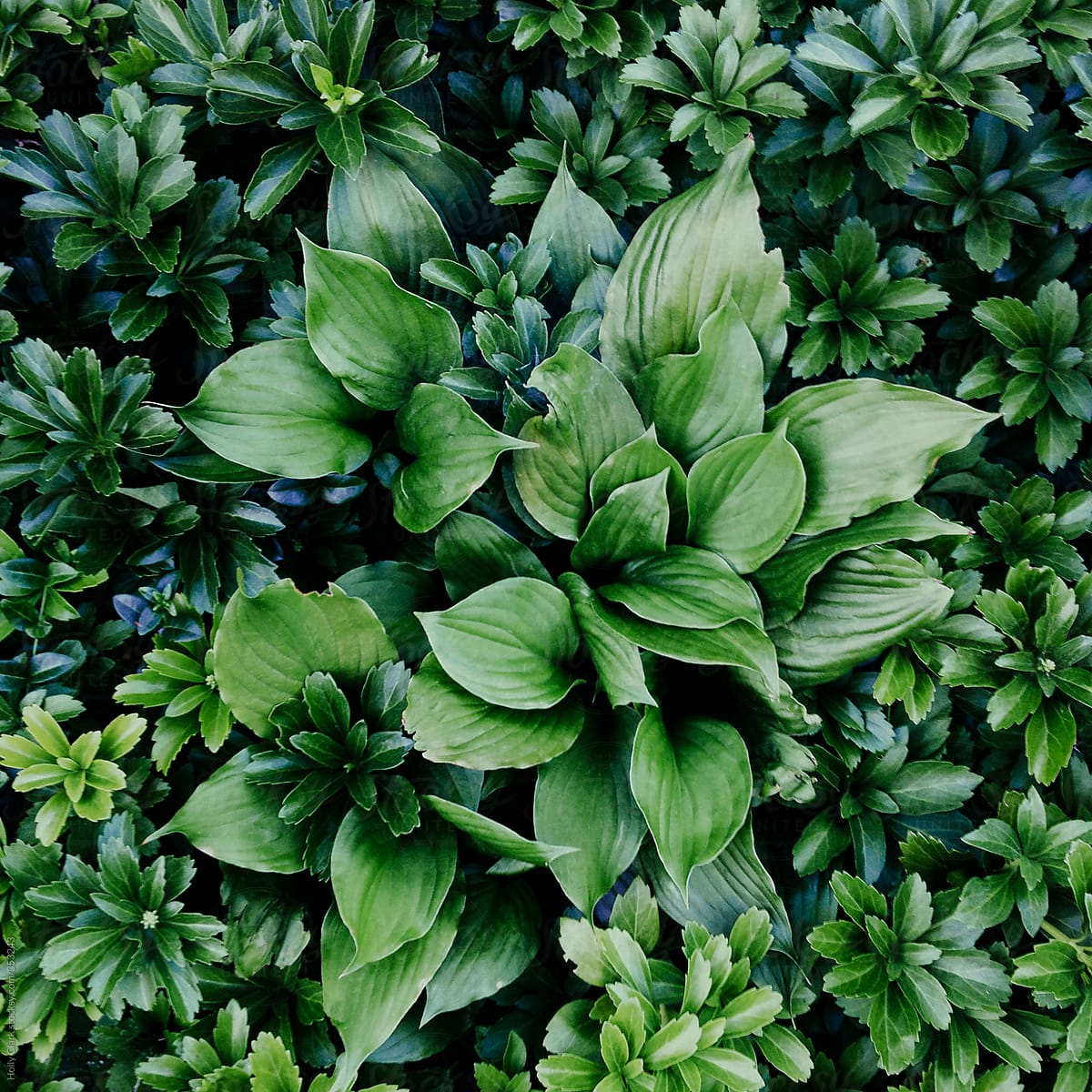
- Astilbes are tall, airy plants that add a touch of elegance to any garden. They come in a variety of colors, including white, pink, red, and purple. Astilbes bloom in the summer, providing a welcome splash of color.
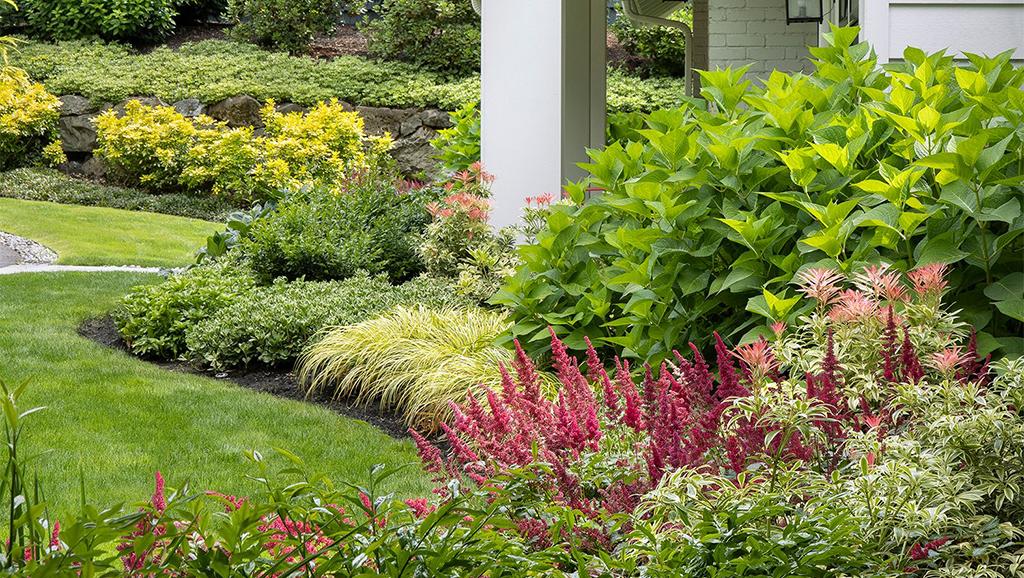
- Bleeding hearts are delicate plants that are known for their heart-shaped flowers. They bloom in the spring, and their flowers can range in color from white to pink to purple. Bleeding hearts prefer moist soil, so make sure to plant them in an area that receives regular watering.

- Ferns are a classic choice for shady gardens. They come in a wide variety of shapes and sizes, so you can find one that will fit in any space. Ferns are also relatively low-maintenance, making them a good choice for busy gardeners.
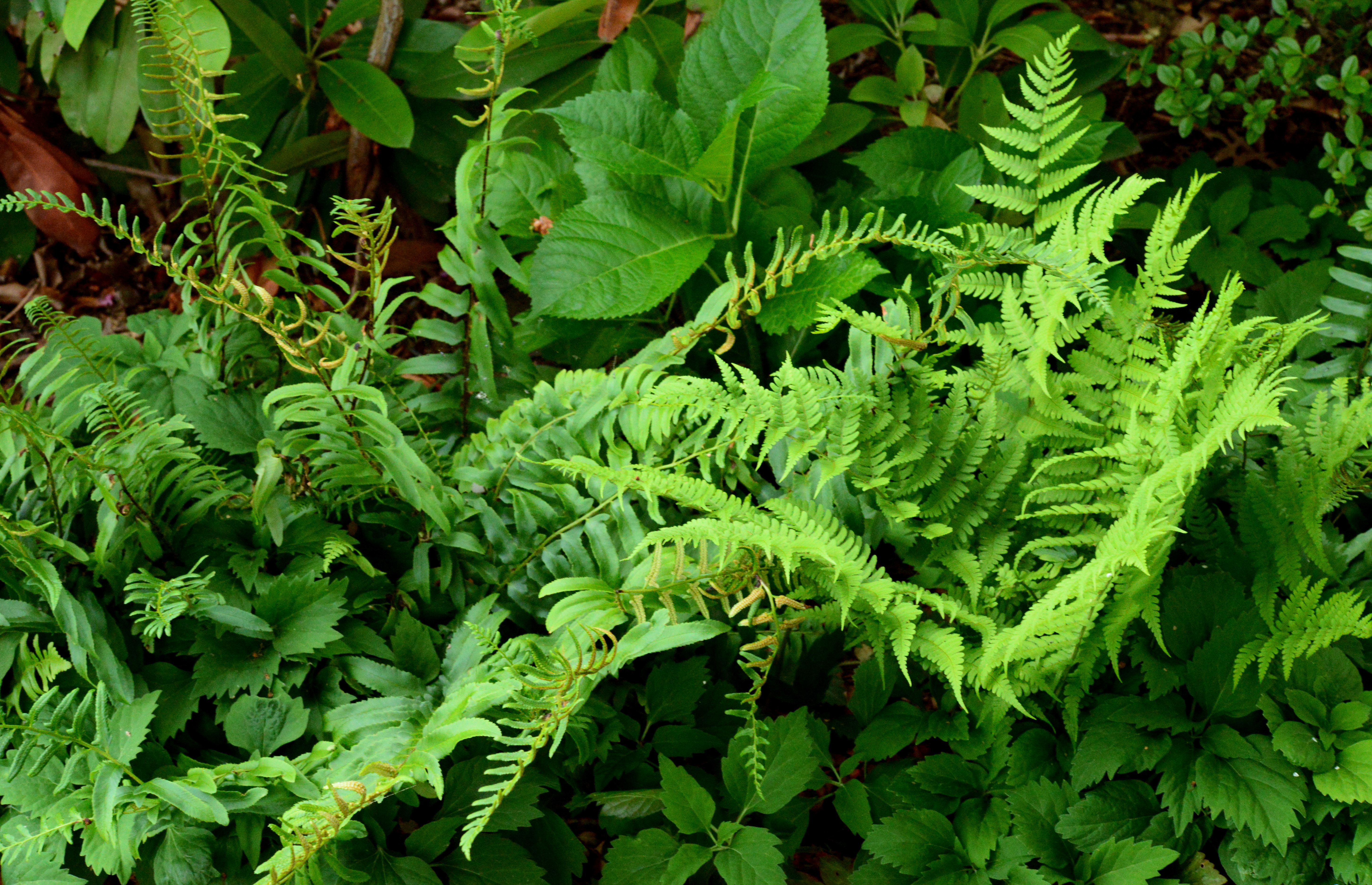
- Lamium is a low-growing ground cover that is known for its colorful flowers. It blooms in the spring and summer, and its flowers can range in color from white to pink to purple. Lamium is also deer-resistant, making it a good choice for gardens that are prone to deer damage.
- Saxifrage is a small, hardy plant that is known for its colorful flowers. It blooms in the spring and summer, and its flowers can range in color from white to pink to purple. Saxifraga is also drought-tolerant, making it a good choice for gardens that do not receive a lot of rainfall.
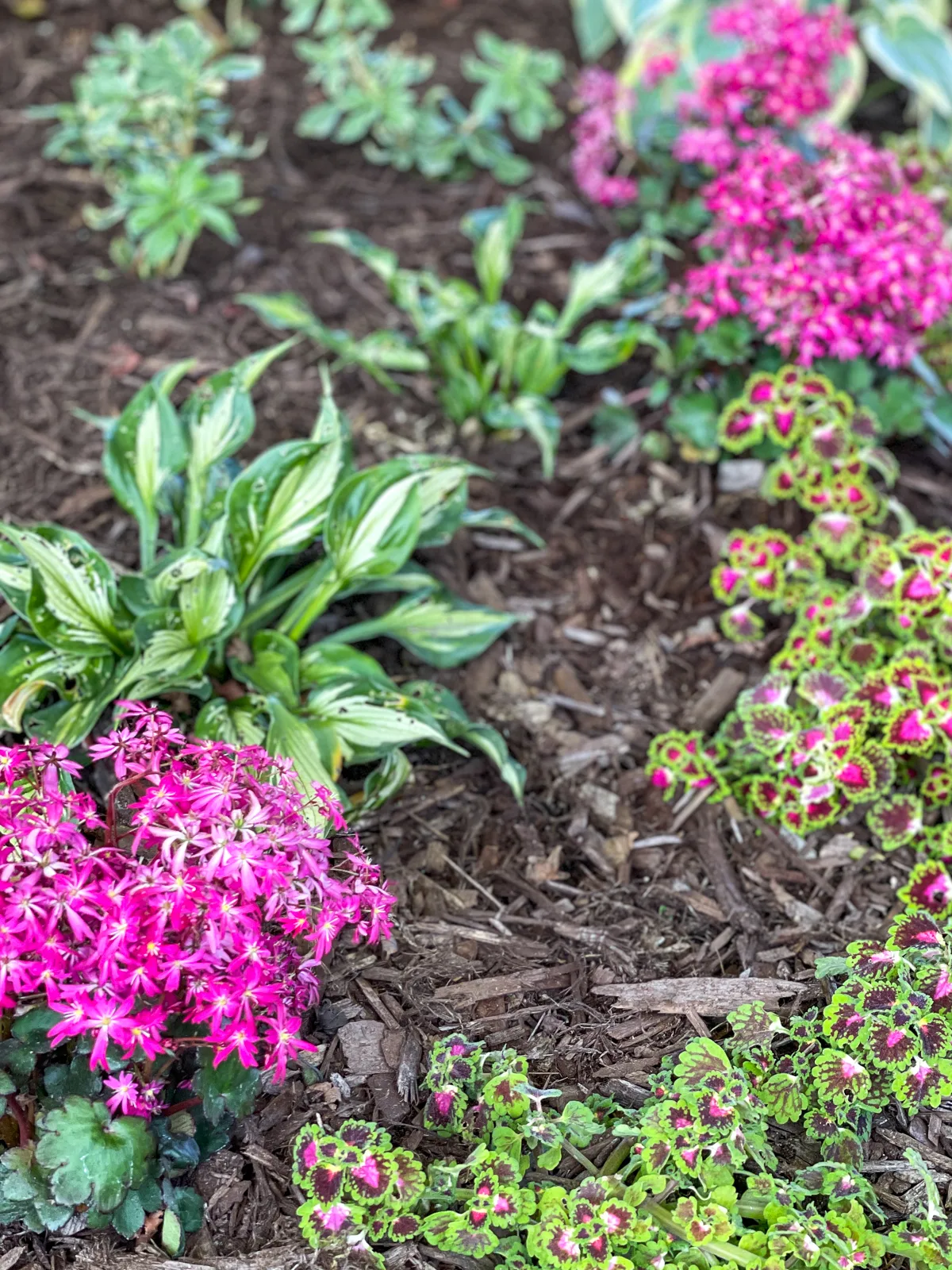
- Virginia creeper is a fast-growing vine that can be used to cover walls or fences. It is not evergreen, but it does provide colorful foliage in the fall. Virginia creeper is also deer-resistant, making it a good choice for gardens that are prone to deer damage.

When choosing companion plants for pachysandra, it is important to consider the size and growth habit of the plants. You want to choose plants that will complement each other and not compete for space. You also want to make sure that the plants have similar water and sunlight requirements.
With a little planning, you can create a beautiful and low-maintenance landscape by pairing pachysandra with some of these beautiful companion plants.
FAQ of pachysandra companion plants
- What are some good companion plants for pachysandra?
Pachysandra is a shade-loving evergreen groundcover that can be found in many gardens. It is relatively easy to care for and can tolerate a variety of soil conditions. Some good companion plants for pachysandra include:
* Hostas: Hostas are another shade-loving plant that comes in a variety of colors and leaf shapes. They can add interest to your pachysandra bed throughout the growing season.
* Ferns: Ferns are a classic choice for shady areas and can add a touch of elegance to your garden. They are also relatively low-maintenance.
* Brunnera: Brunnera is a flowering plant that has blue or white blooms in the spring. It is also shade-tolerant and can help to add some color to your pachysandra bed.
* Hellebores: Hellebores are another flowering plant that blooms in the spring. They come in a variety of colors, including white, pink, and purple. They are also shade-tolerant and deer-resistant.
* Vinca minor (periwinkle): Vinca minor is a groundcover that can be used to fill in the spaces between pachysandra plants. It is also shade-tolerant and can tolerate foot traffic.
- How far apart should I plant pachysandra plants?
Pachysandra plants should be planted about 12 inches apart. This will give them enough room to spread and fill in the space. If you are planting pachysandra in a large area, you may want to plant them closer together so that they fill in more quickly.
- How much sun does pachysandra need?
Pachysandra is a shade-loving plant that prefers full to partial shade. It can tolerate some direct sunlight, but too much sun can scorch its leaves. If you live in an area with hot summers, you may want to plant pachysandra in a spot that receives morning sun and afternoon shade.
- How much water does pachysandra need?
Pachysandra is a relatively drought-tolerant plant, but it does need regular watering during the first year after planting. Once established, pachysandra can tolerate dry conditions. However, it is important to water it deeply during hot, dry weather.
- How do I care for pachysandra in the winter?
Pachysandra is a hardy plant that can tolerate cold winters. However, it is important to protect it from harsh winds and extreme cold. You can do this by planting it in a sheltered spot or by covering it with a burlap sack or other protective material during the winter.
Image of pachysandra companion plants
Here are 5 different images of pachysandra companion plants:
- Hosta is a shade-loving plant that blooms in the summer with flowers that come in a variety of colors, including white, blue, and purple. Hostas can grow up to 3 feet tall and wide, so they can help to fill in large areas of shade.
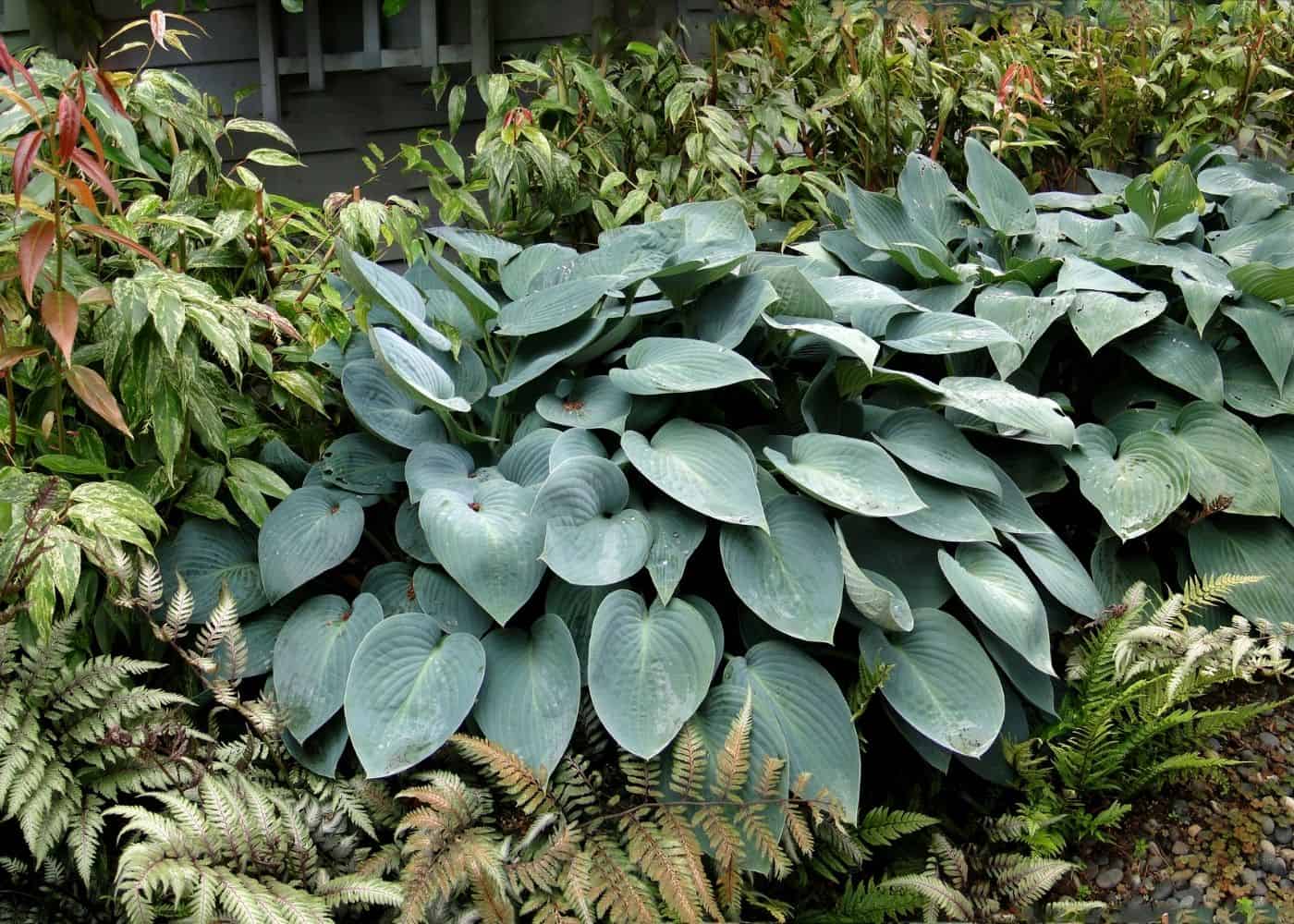
- Ajuga is another shade-loving plant that has blue or purple flowers in the spring. Ajuga can grow up to 12 inches tall and wide, and it spreads by runners, so it can help to create a groundcover.
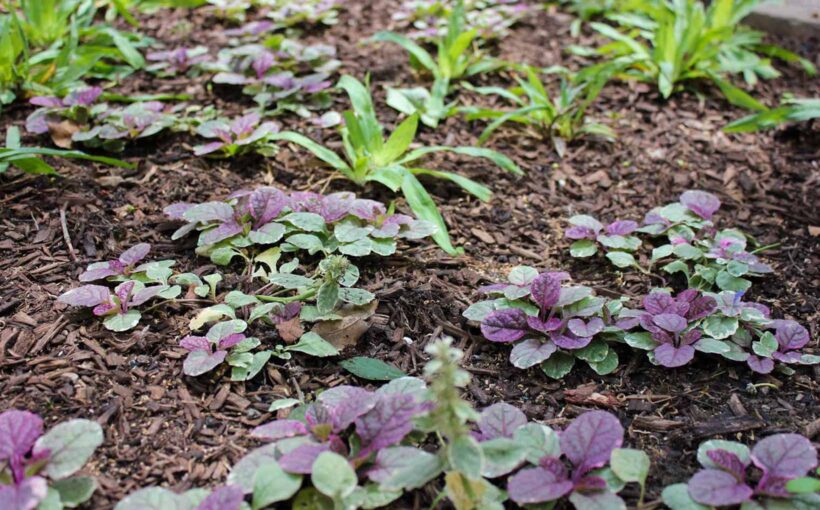
- Lamium is a low-growing plant that has white, pink, or purple flowers in the spring. Lamium can grow up to 6 inches tall and wide, and it spreads by runners, so it can help to create a groundcover.

- Creeping Jenny is a fast-growing plant that has yellow flowers in the summer. Creeping Jenny can grow up to 12 inches tall and wide, and it can tolerate some sun, so it can be a good choice for areas that get dappled sunlight.
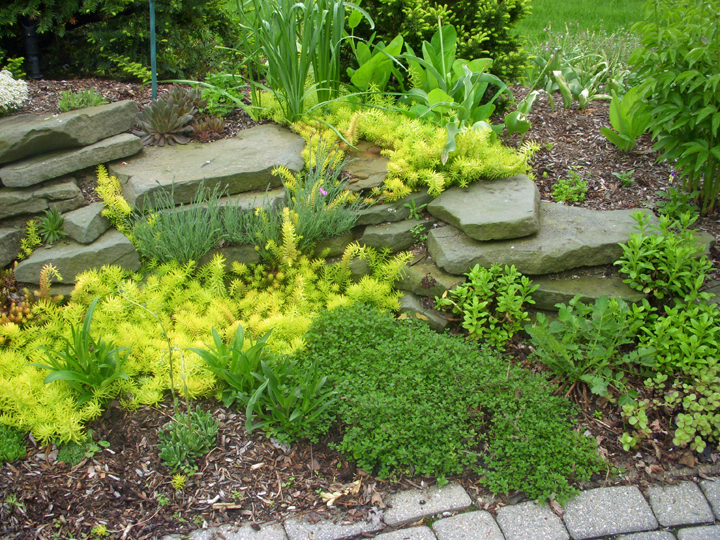
- Virginia Creeper is a vine that can grow up to 30 feet long. Virginia Creeper has orange or red leaves in the fall, and it can be trained to climb over fences or walls.
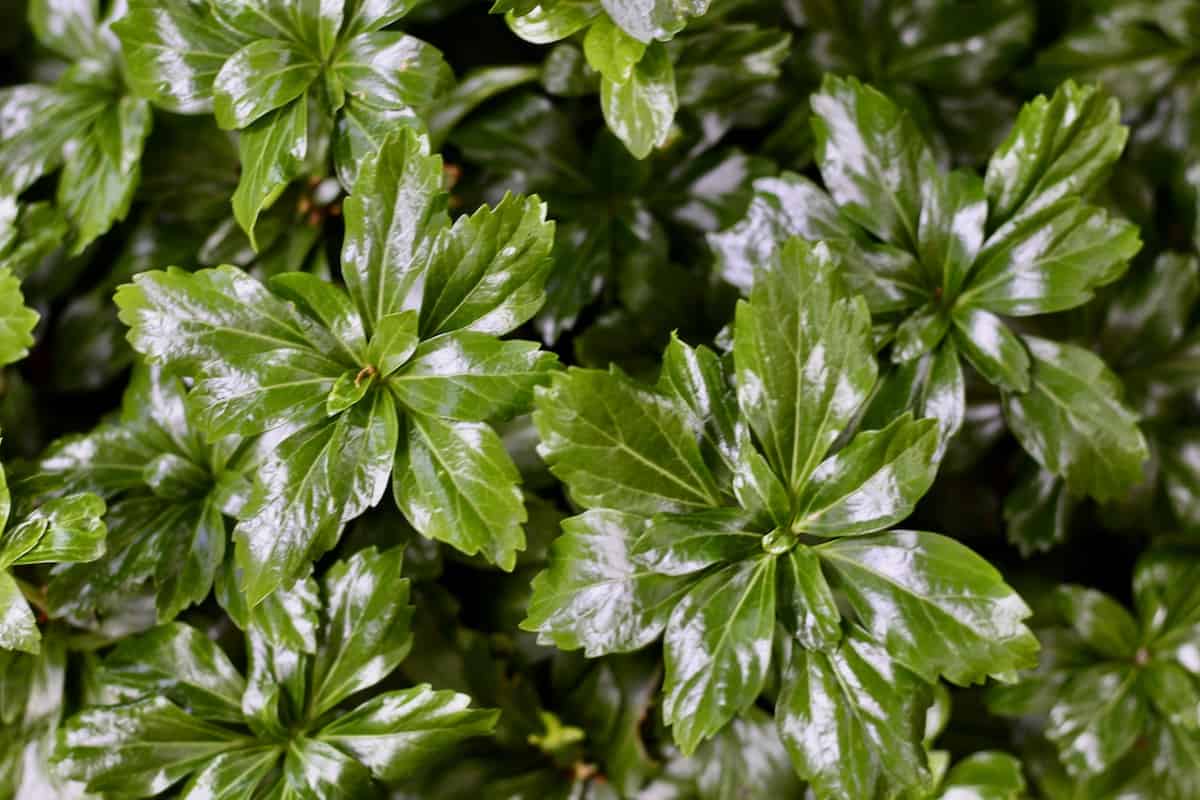
Post a Comment for " Beautiful Companion Plants For Pachysandra"